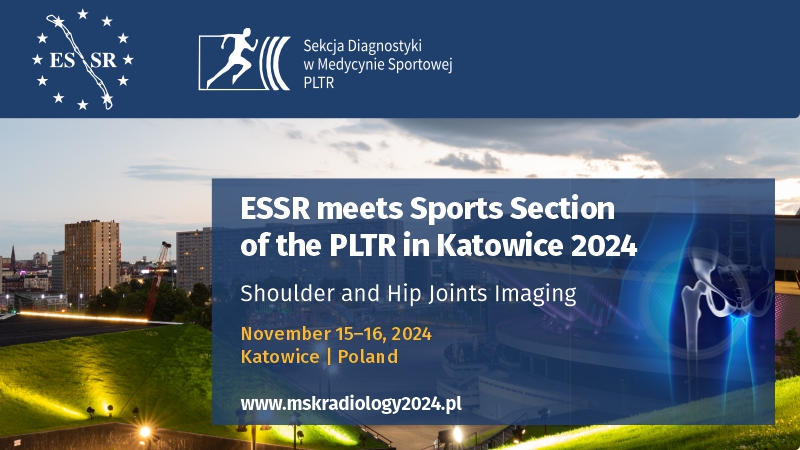The role of high-resolution ultrasound and MRI in the evaluation of peripheral nerves in the lower extremity
Steven Kyungho Lee, Ali Mostafa Serhal, Muhamad Serhal, Julia Michalek, Imran Muhammad Omar
 Affiliation and address for correspondence
Affiliation and address for correspondenceLower extremity peripheral neuropathy is a commonly encountered neurologic disorder, which can lead to chronic pain, functional disability, and decreased quality of life for a patient. As diagnostic imaging modalities have improved, imaging has started to play an integral role in the detection and characterization of peripheral nerve abnormalities by non-invasively and accurately identifying abnormal nerves as well as potential causes of neuropathy, which ultimately leads to precise and timely treatment. Ultrasound, which has high spatial resolution and can quickly and comfortably characterize peripheral nerves in real time along with associated denervation muscle atrophy, and magnetic resonance neurography, which provides excellent contrast resolution between nerves and other tissues and between pathologic and normal segments of peripheral nerves, in addition to assessing reversible and irreversible muscle denervation changes, are the two mainstay imaging modalities used in peripheral nerve assessment. These two modalities are complimentary, and one may be more useful than the other depending on the nerve and location of pathology. Imaging must be interpreted in the context of available clinical information and other diagnostic studies, such as electrodiagnostic tests. Here, we offer a comprehensive overview of the role of high-resolution ultrasound and magnetic resonance neurography in the evaluation of the peripheral nerves of the lower extremity and their associated neuropathies.








